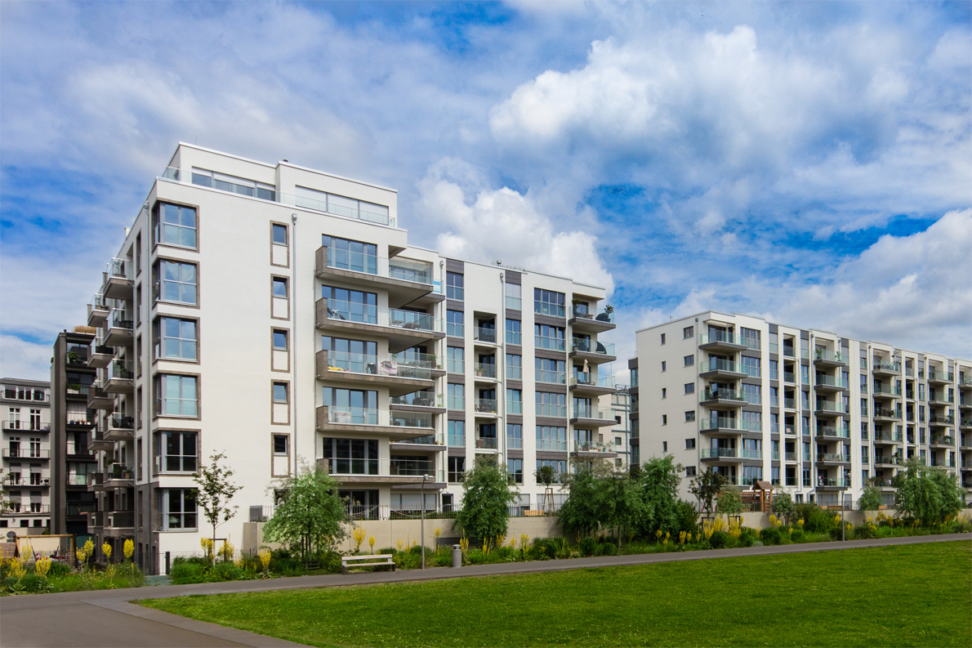UGANDA, Kampala | Real Muloodi News | Uganda has enjoyed the booming growth and development in the real estate sector over the years. Yet there has been a discrepancy between the nature of houses being developed and the profile of the people for which these houses are being earmarked.
According to Nathan Were, an access to finance specialist, most housing units in Kampala have largely remained unaffordable to rent or purchase for the majority of Ugandans. A recent study by the Centre for Affordable Housing in Africa indicates that on average, a newly completed two-bedroom house sells for about USh50 million, far beyond the reach of the every day Ugandan.
In the lavish residential areas of Kampala and upcoming cities around the country, the development of high rise buildings are meant to meet the growing housing demand.
However, most of these high-end properties for sale and rent largely remain unoccupied despite the nearly 2.4 million housing shortage, says Were.
The Uganda Bureau of Statistics estimates that by 2023, Uganda will have a population of 45 million with the country, requiring an additional three million housing units both in urban and rural areas to meet this demand.
Were adds that mortgage financing options to enable those interested in building their own houses have also remained out of reach.
The mortgage market is dominated by a handful of financial institutions that charge interest rates between 2.3 per cent and 16 per cent. The interest rates are not only high, but the incumbency given to repay these loans employs enormous constraint on people’s ability to re-pay the loans back, explains Were. The limited and expensive mortgage financing options on Uganda market is shutting out many people yearning to own homes, he adds.
The need for financing cannot be exaggerated, according to Were. In absence of affordable financing instruments, the prices of properties will continue to take off making it even harder for the intended beneficiaries to afford.
Were urges the government to adopt a blended financing approach, a grand design that seeks to support the use of public funds or concessional loans to attract private capital for investments in projects whose impact is high, but risky or shows low return and is thus less attractive to private-sector lenders.
He says it will also be critical to capitalize Housing Finance Bank with affordable on-ward lending capital to lower the cost of mortgages and afford borrowers enough time to repay loans.
Based on formal income levels, only 4.4 per cent of Uganda’s urban population has the purchasing power to afford the cheapest newly built three-bedroom house valued at USh 74 million. For rent, most formally employed workers earn less than one million shillings.
Most properties’ monthly rent in city residential areas goes for between six hundred thousand and one million shillings, thus putting the cost of rent out of reach for these workers. This could explain why there is a growing demand for affordable rental houses in the hinterland settlements in and around Kampala, and growth of slummy settlements.
As Kampala city becomes distended, real estate developers need to exploit the growing outlying districts whose price of land is still relatively affordable, says Were. He stresses the need for developers to construct houses for sale and rent targeting the salary earners whose monthly rental income is under one to two million shillings. The greatest demand lies with this profile of people, but they struggle to find relatively good and affordable houses.
Innovations in construction materials are expected to drive down the costs of building and get many Ugandans decent and affordable homes. In neighbouring Rwanda, for example, compressed earth block technology is being used to build simple but strong houses.
READ MORE LIKE THIS:



